Форум » Foreign section » Fauna of North America |

 
|
|
|
| |||||||||||||||||||||||||||||||||||||||||||||||||||||||||||||||||||||||||||||||||||||||||||||||||||||||||||||||||||||||||||||||||||||||||||||||||||||||||||||||||||||||||||||||||||||||||||||||||||||||||||||||||||||||||||||||||||||||||||||||||||||||||||||||||||||||||||||||||||||||||||||||||||||||||||||||||||||||||||||||||||||||||||||||||||||||||||||||||||||||||||||||||||||||||||||||||||||||||||||||||||||||||||||||||||||||||||||||||||||||||||||||||||||||||||||||||||||||||||||||||||||||||||||||||||||||||||||||||||||||||||||||||||||||||||||||||||||||||||||||||||||||||||||||||||||||||||||||||||||||||||||||||||||||||||||||||||||||||||||||||||||||||||||||||||||||||||||||||||||||||||||||||||||||||||||||||||||||||||||||||||||||||||||||||||||||||||||||||||||||||||||||||||||||||||||||||||||||||||||||||||||||||||||||||||||||||||||||||||||||||||||||||||||||||||||||||||||||||||||||||||||||||||||||||||||||||||||||||||||||||||||||||||||||||||||||||||||||||||||||||||||||||||||||||||||||||||||||||||||||
Форум » Foreign section » Fauna of North America |
|
|
|
| Все даты в формате GMT
3 час. Хитов сегодня: 40 Права: смайлы да, картинки да, шрифты да, голосования нет аватары да, автозамена ссылок вкл, премодерация откл, правка нет |




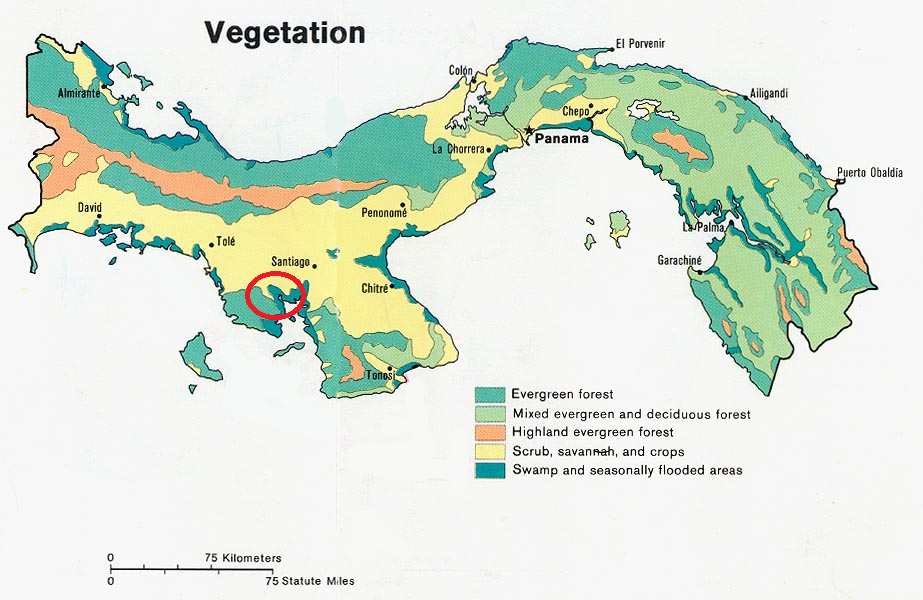


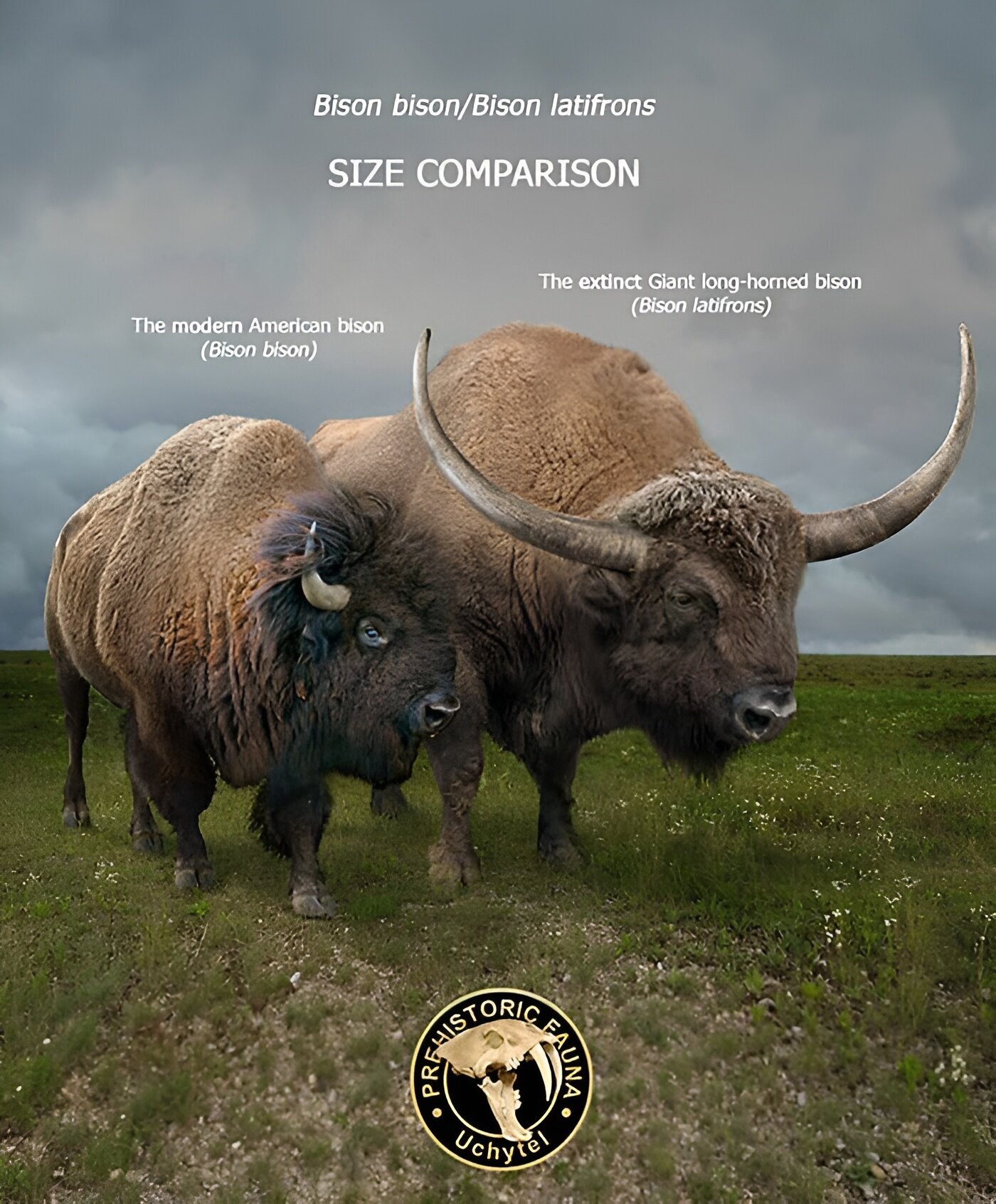
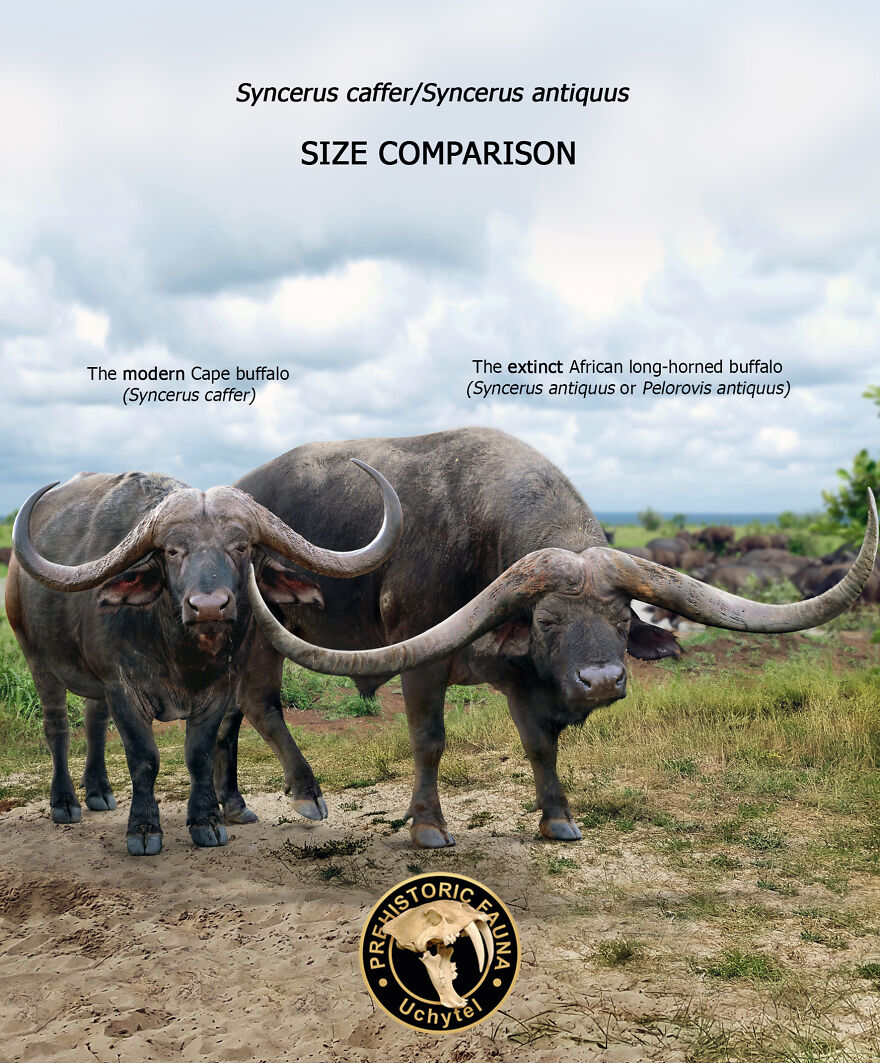
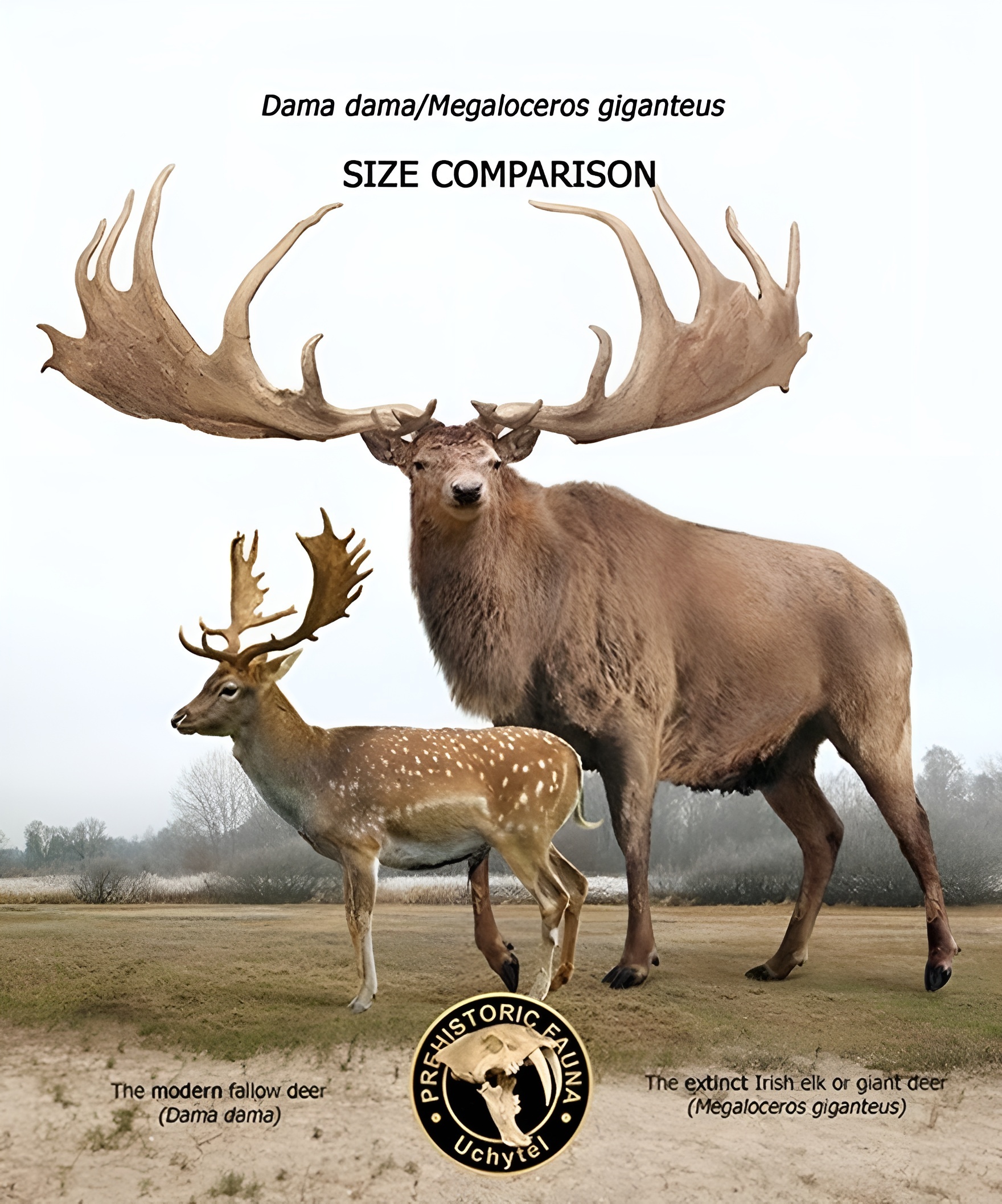
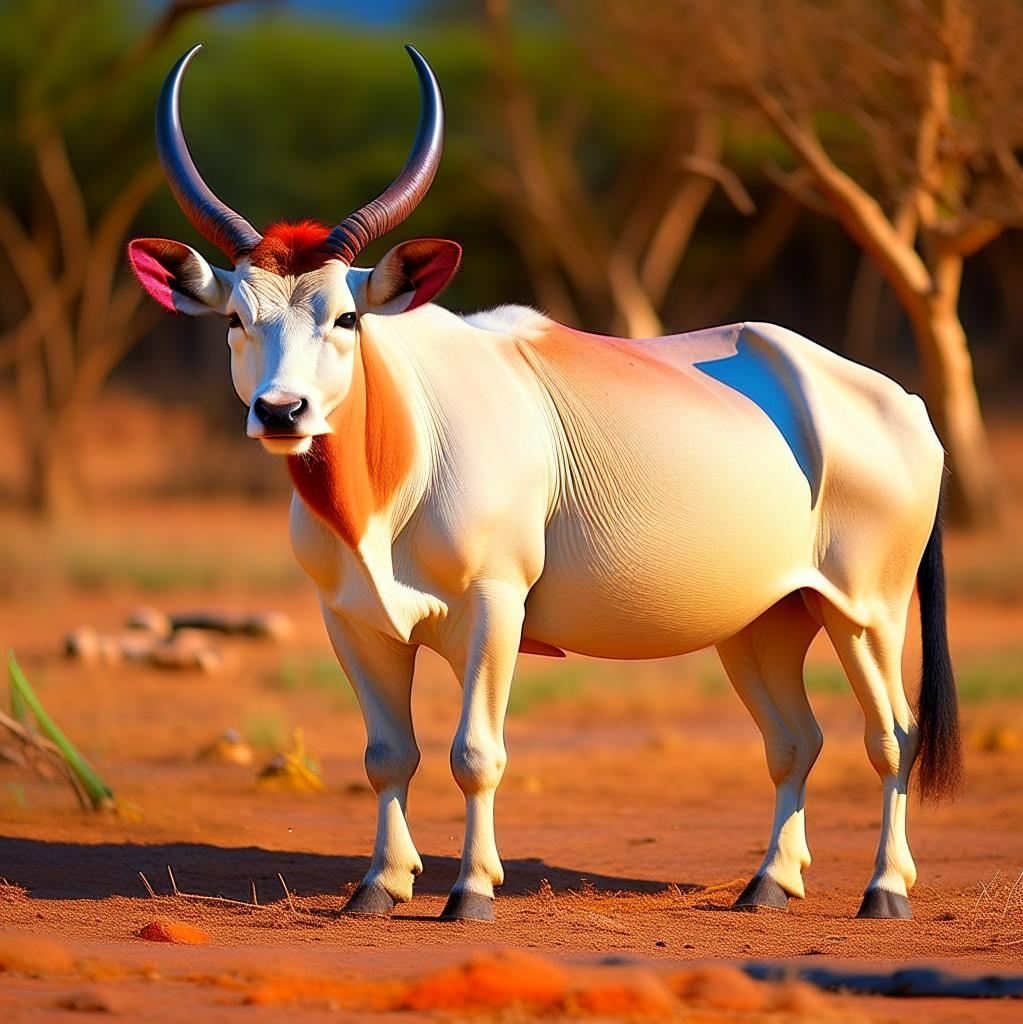
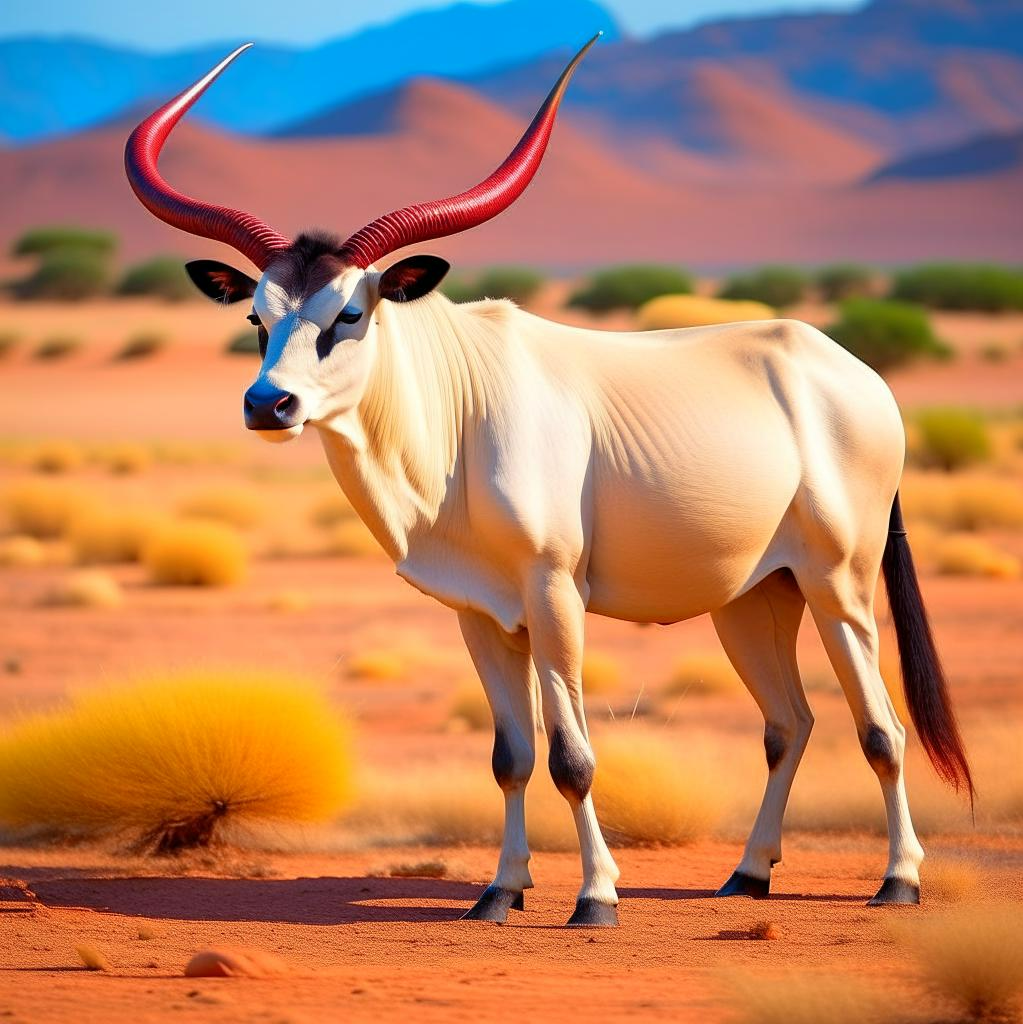

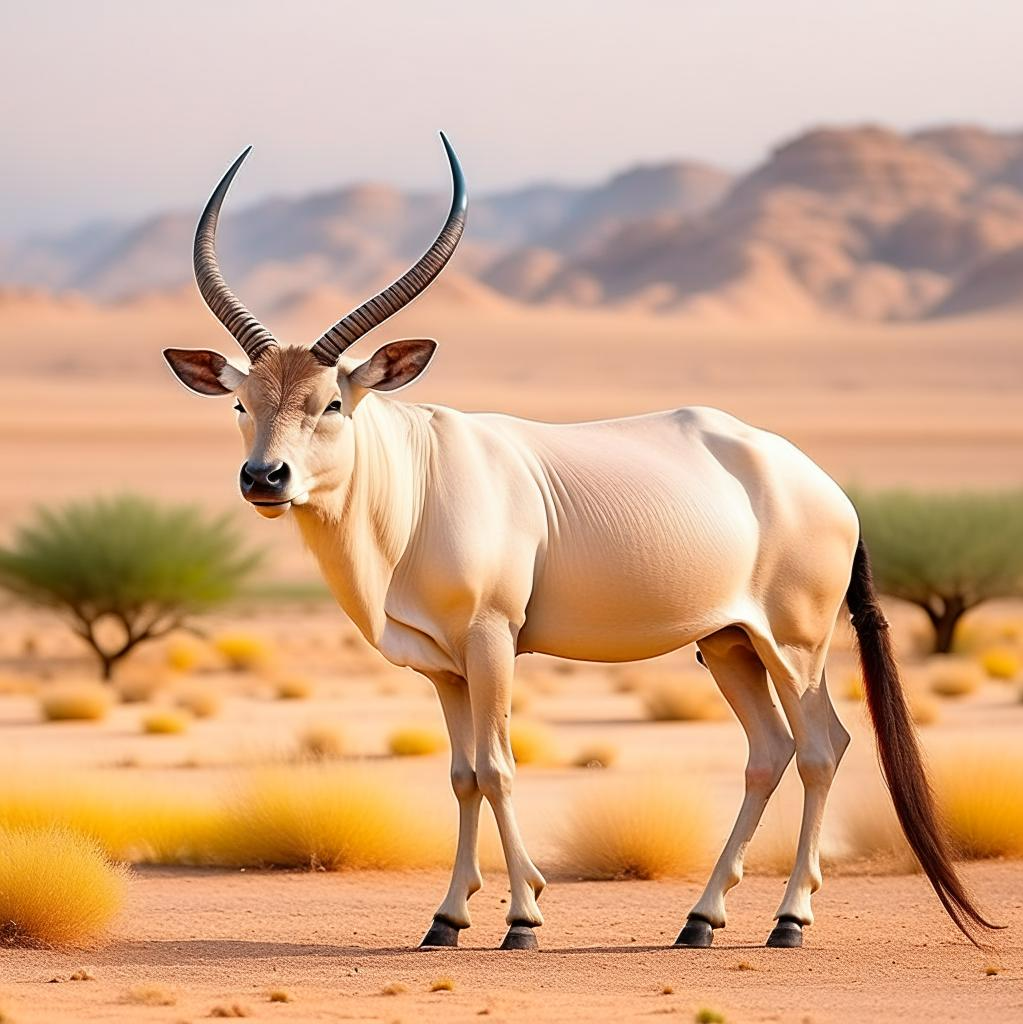
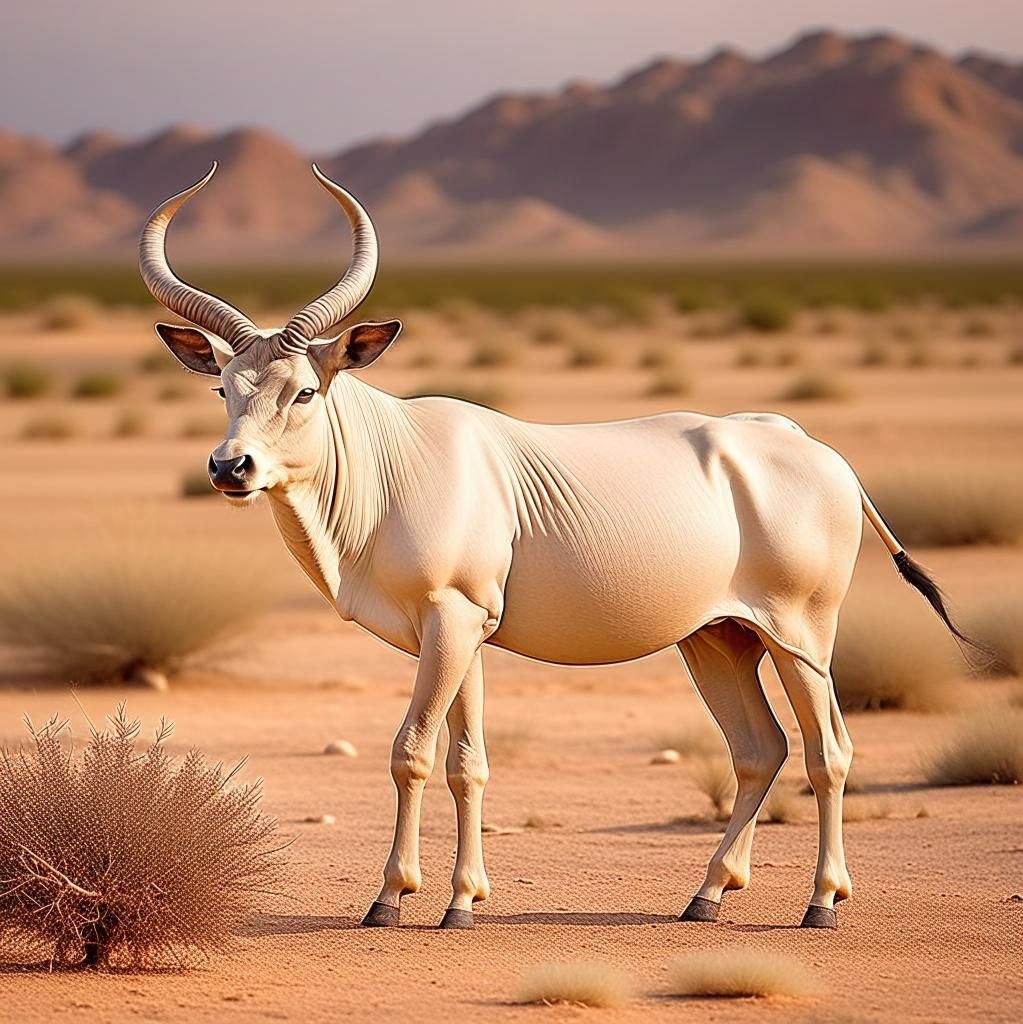

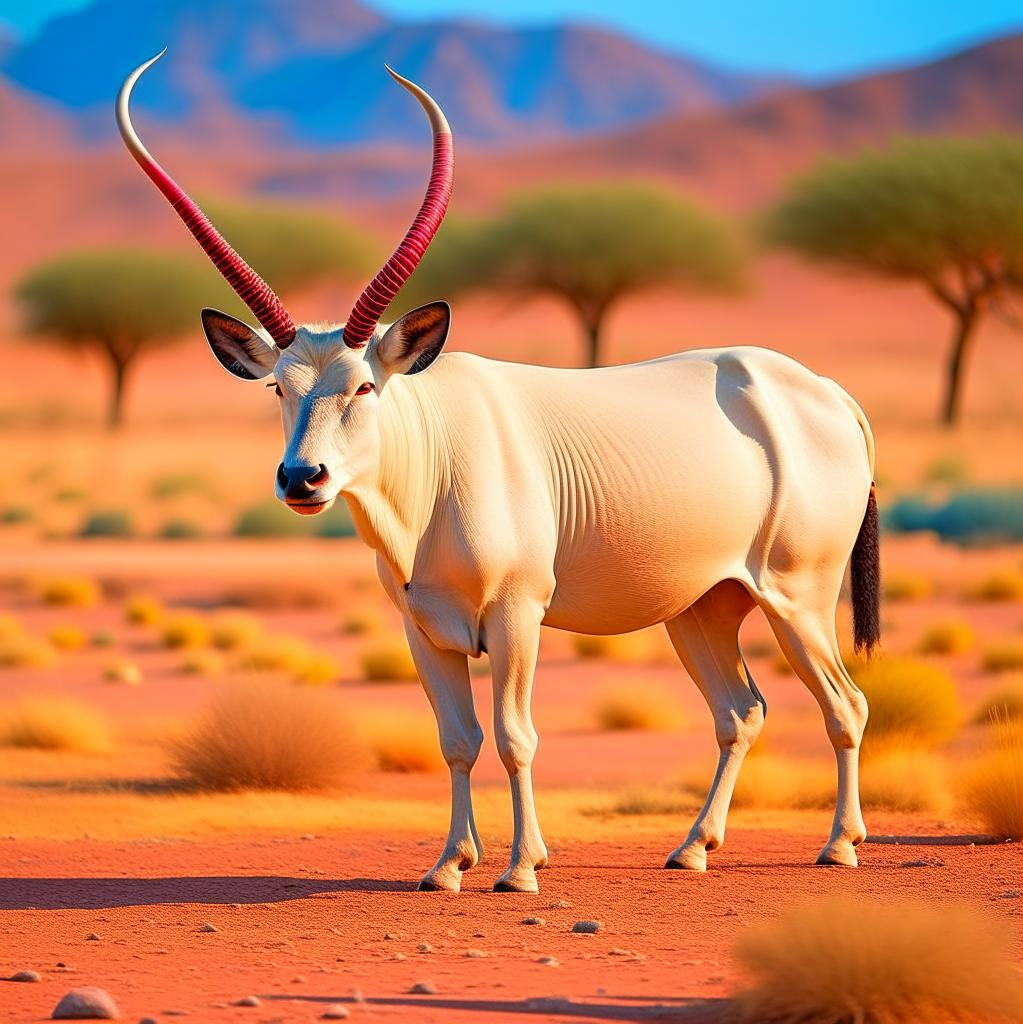
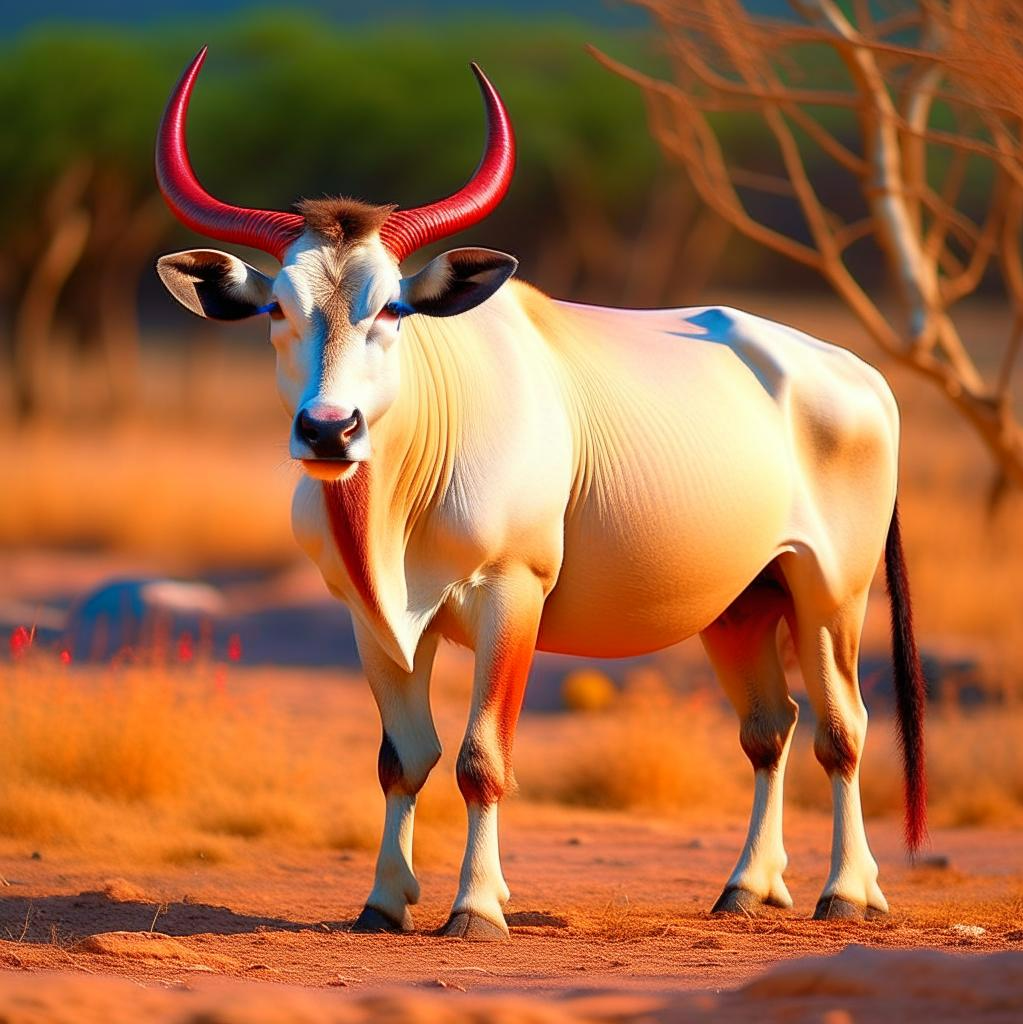
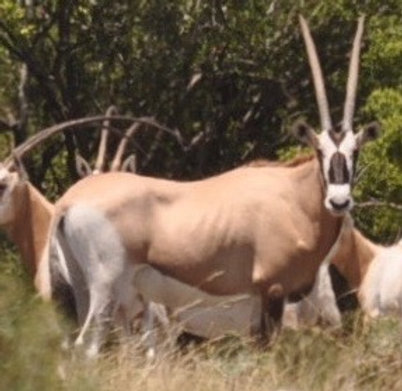
 Image cannot be created.
Image cannot be created. This is sad. Maybe you could use another large antelope. Does it know the Addax?
This is sad. Maybe you could use another large antelope. Does it know the Addax?
 And who is pollinator: bees, flies or may be ants? Or may be lizards or bats, or rodents, ot birds?
And who is pollinator: bees, flies or may be ants? Or may be lizards or bats, or rodents, ot birds?